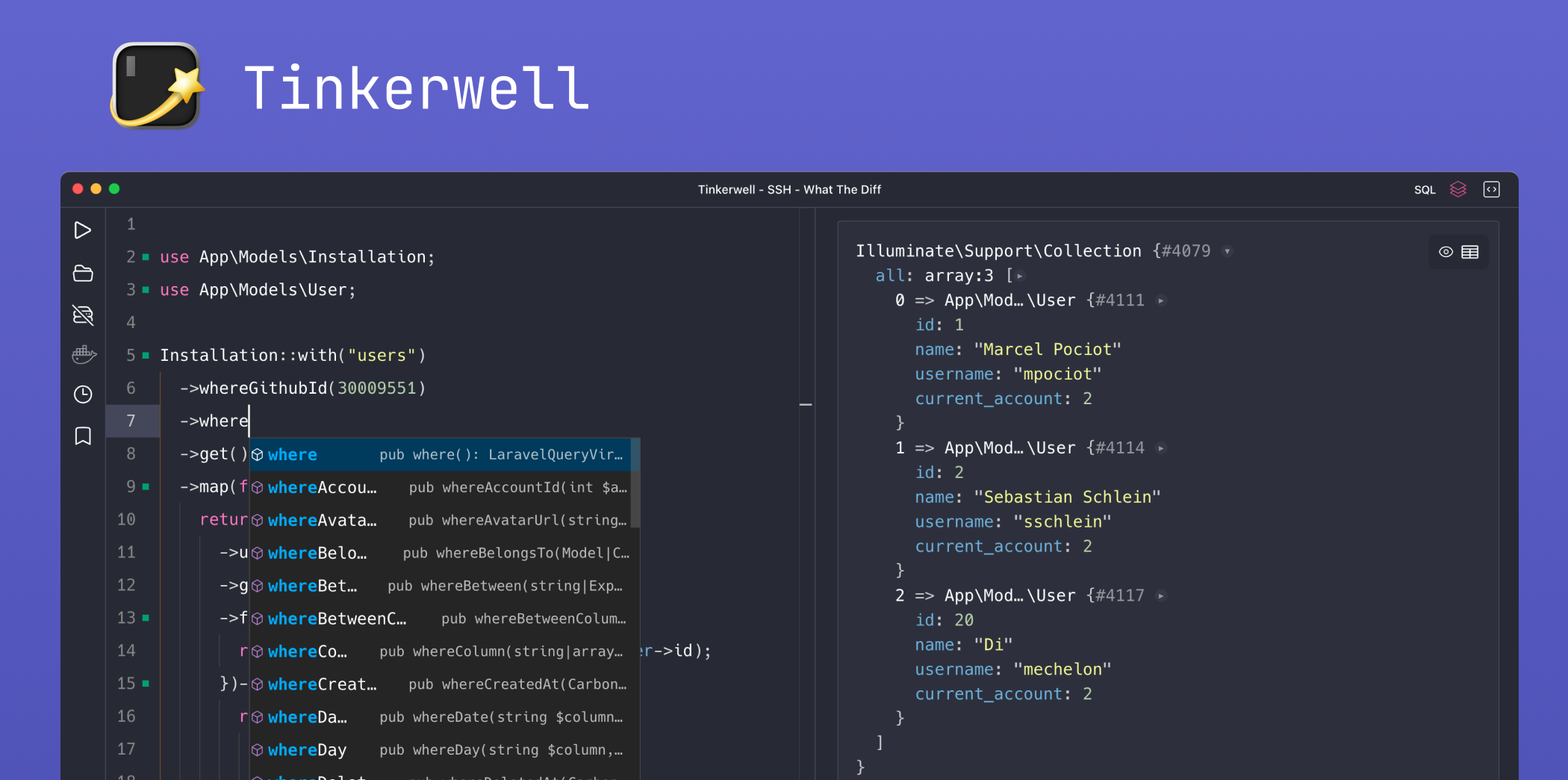Never Miss a Laravel Release 🚀
Laravel 8.18.0 added methods to test HTML and plain-text email bodies for mailables. These methods are documented, but I’d like to walk through a simple example to illustrate how useful these can be.
The documentation demonstrates the following methods you can use to test mailables:
public function test_mailable_content(){ $user = User::factory()->create(); $mailable = new InvoicePaid($user); $mailable->assertSeeInHtml($user->email); $mailable->assertSeeInHtml('Invoice Paid'); $mailable->assertSeeInText($user->email); $mailable->assertSeeInText('Invoice Paid');}As you can see, the mailable instances conveniently provide assertion methods you can use to ensure emails contain expected content. Let’s walk through a simple example that can help solidify this concept.
Getting Started
Let’s say you are building a simple email that sends a confirmation code to the user’s email to verify something before they are allowed to act. We will send an HTML version, but you can test plain-text versions of your email and refer to the above examples for the text assertions.
Let’s start with a new Laravel project using Laravel’s documented installation method for Laravel Sail:
# I use ~/code/sandbox as path for playground projectscd ~/code/sandboxcurl -s https://laravel.build/mailable-demo | bashOnce you have the project created, you can start the Laravel app server:
vendor/bin/sail up -dCreating the Mailable
We are ready to create the mailable we’ll be testing, along with the accompanying template. We’ll use the artisan console to create the class and create the template in our project:
# Create the mailablesail artisan make:mail ConfirmationCode # Create the templatemkdir -p resources/views/emailsecho 'Hello from HTML!' \ > resources/views/emails/confirmation-code.blade.phpNext, update the ConfirmationCode class to look as follows:
<?php namespace App\Mail; use App\Models\User;use Illuminate\Bus\Queueable;use Illuminate\Mail\Mailable;use Illuminate\Queue\SerializesModels; class ConfirmationCode extends Mailable{ use Queueable, SerializesModels; /** * @var string */ public $code; /** * @var \App\Models\User */ public $user; /** * Create a new message instance. * * @param string $code */ public function __construct(User $user, string $code) { $this->user = $user; $this->code = $code; } /** * Build the message. * * @return $this */ public function build() { return $this->view('emails.confirmation-code'); }}We will use a simple string $code property for the mailable, but perhaps a real implementation might use a service responsible for generating random codes tied to a user.
Next, let’s use the provided tests/Feature/ExampleTest.php file to test our mailable:
<?php namespace Tests\Feature; use App\Mail\ConfirmationCode;use App\Models\User;use Illuminate\Foundation\Testing\RefreshDatabase;use Tests\TestCase; class ExampleTest extends TestCase{ use RefreshDatabase; /** * A basic test example. * * @return void */ public function testBasicTest() { $user = User::factory()->create(); $subject = new ConfirmationCode($user, '1234'); $subject->assertSeeInHtml('Hello from HTML!'); }}At this point your test should pass:
vendor/bin/sail test tests/Feature PASS Tests\Feature\ExampleTest ✓ basic test Tests: 1 passed Time: 1.06sNext, let’s adjust the test to expect the confirmation code:
public function testBasicTest(){ $user = User::factory()->create(); $subject = new ConfirmationCode($user, '1234'); $subject->assertSeeInHtml('Hello ' . $user->name);$subject->assertSeeInHtml('Here is your confirmation code: <strong>1234</strong>');}The test will fail now if you rerun it. Next, let’s update the template to include the user’s name and include the confirmation code:
{{-- resources/emails/confirmation-code.blade.php --}}Hello {{ $user->name }} Here is your confirmation code: <strong>{{ $code }}</strong>At this point, your test will pass, and you can ensure that your mailable includes the necessary confirmation code!
In a real application, you’d likely generate the email code from a service and swap it out with a fake or a partial mock, but you can see how we can ensure the mailable template has the expected text. It is convenient that you can now test your mailables without additional work or packages directly! Be sure to check out the official Laravel Mail documentation to learn more about mailables.










